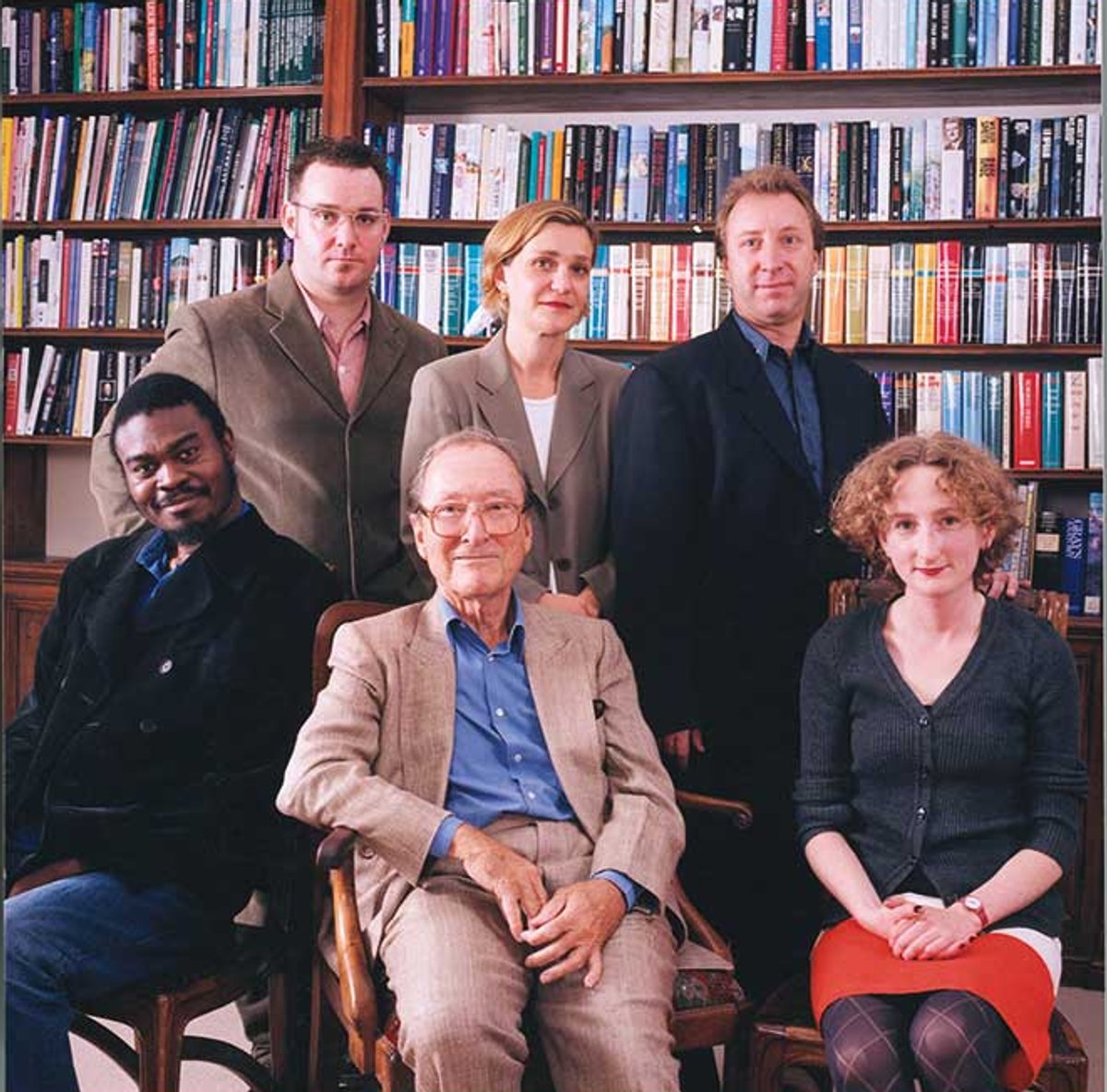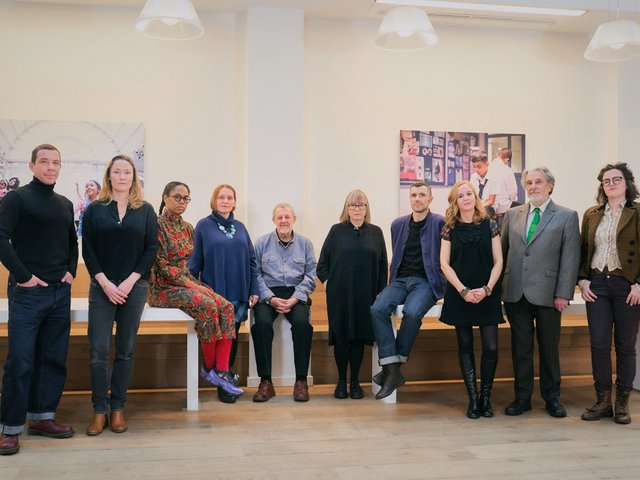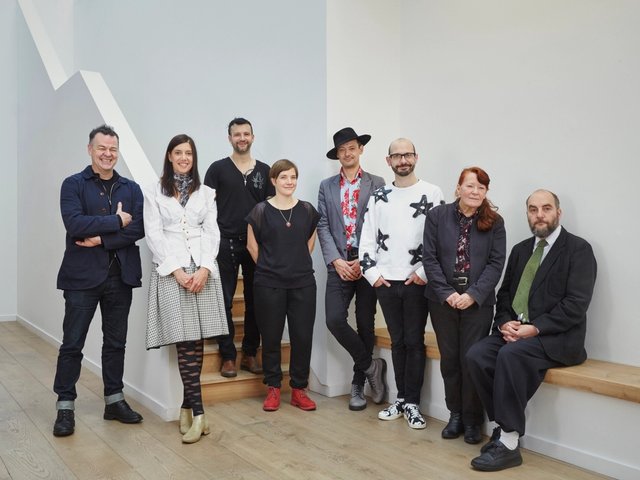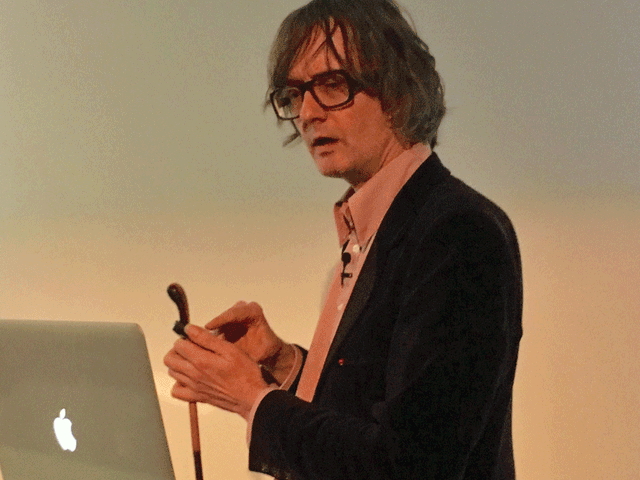Christmas has come early for the five artists—along with five composers—who have been chosen as the recipients of this year’s Paul Hamlyn Awards for Artists. To celebrate 30 years of this initiative, the Hamlyn Foundation (PHF) has increased the amount given to each recipient from £60,000 last year to £75,000. The annual awards are the largest of their kind in the UK, but the reason why they are so special goes beyond the fiscal. While there are prizes aplenty throughout the art world, the Paul Hamlyn Awards for Artists are unique in that they come with no conditions. Despite offering a significant chunk of money, there is no obligation to do anything in return. And the winners can spend the money, which is dispersed over three years, on whatever they want.
“Most opportunities artists are offered—commissions, exhibitions, teaching, and so on—come with strings attached. They rarely pay for the time artists need to spend thinking and trying things out in the studio,” says the gallerist and chair of PHF, Jane Hamlyn, who was instrumental in establishing the awards in 1994 as part of the philanthropic legacy of her late publisher father, Paul. Indeed, many major prizes come with conditions: the Turner Prize requires nominees to make work for its eponymous exhibition, for example, while the John Moores Painting Prize is given to a single, submitted work. The Future Generation Art Prize, established by Ukraine’s Victor Pinchuk Foundation, commissions shortlisted artists to make work for a show—later toured to the Venice Biennale—while the winnings are split between a cash prize and an “investment in their practice”.
Hamlyn describes her family foundation’s awards as giving each artist “a breathing space, an opportunity to escape from some of the things that weigh down on them and to focus on what’s important to them. We felt it was important to recognise the challenges artists face, the unseen work they do and the bills they have to pay.”
This rare chance for a creative breather is greatly appreciated. “A no-strings-attached award is a very precious gift: you don’t have to fill out a form or tick a hundred boxes; it’s like pure energy and it triggers so many things one can do,” says the veteran performance artist Anne Bean, one of this year’s roster. She says she plans to use her award to extend her work with young artists in Zambia.
Her fellow 2024 award winners are the British Kenyan artist Grace Ndiritu, renowned for incorporating transformative shamanic ritual and meditation into her work; Manchester-based Barry Finan, who works in text and ceramics; the Greek British video, sound and performance artist Mikhail Karikis; and the artist, environmentalist and community cook Sean Roy Parker.
As the age range of this year’s winners makes clear, Hamlyn Awards go to artists—or composers—of any generation provided they live and work in the UK and are not currently in education. The late German artist Gustav Metzger, who moved to the UK in 1939, received his award aged 80 in 2006, and Rose Wylie was in her 70s when she received hers in 2011; Yinka Shonibare and Jeremy Deller, meanwhile, were in their mid-30s when selected in 1998 and 2001 respectively.
A mark of quality
Perhaps testament to the quality of this selection process is the exceptional work made by so many awardees, and the way in which these artists have continued to build on their practice and gain wider acknowledgement. Phyllida Barlow was a recipient in 2007, a decade before representing Britain at the Venice Biennale, while the 2022 Biennale Golden Lion winner Sonia Boyce was awarded in 2016. Mike Nelson is another Hamlyn Award winner (2001) who then went on to occupy the British Pavilion in 2011, and Charlie Prodger received the award before going on to represent Scotland at the event. (Alberta Whittle, Scotland’s 2022 representative, received the award in the same year.) A slew of Turner Prize winners and nominees have also benefited, including Deller, Hew Locke, Anthea Hamilton, Simon Starling, Jim Lambie, Anya Gallaccio and Nelson.

A selection of the 2023 cohort: (Back row, left to right) Marcus Macdonald on behalf of Black Obsidian Sound System (B.O.S.S.), Nneka Cummins, Pippa Murphy, Jamie Crewe, Imran Perretta, Helen Cammock. Front row, left to right: Ain Bailey, Hyelim Kim, Edward George. Not pictured: Francesca Pidgeon (Dilettante), Karine Polwart (part of composing duo with Pippa Murphy), eight other members of Black Obsidian Sound System
Photo: Emile Holba
But whether or not they go on to achieve public plaudits, the crucial role of the Hamlyn Awards is to support artists’ personal and professional growth on their own terms. As Jane Hamlyn states, “Prizes have their place, but that’s not what these awards are about.” In our ever more transactional times, this unique gift of unconditional time and space has never seemed more precious.





